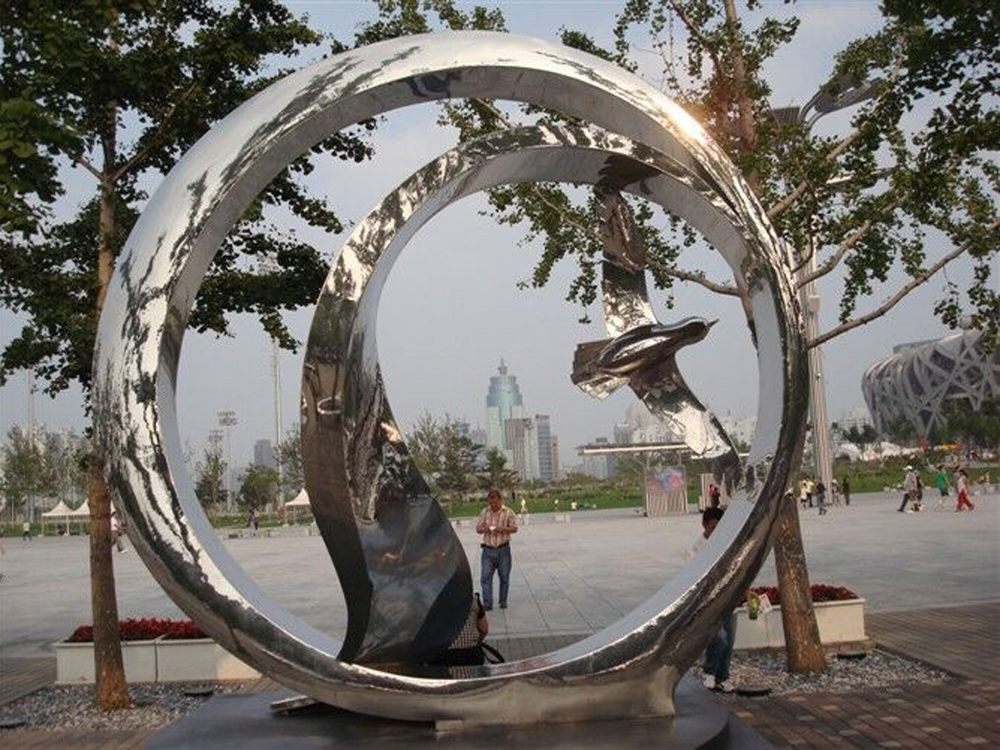
Creating porcelain sculptures with kinetic potential is a delicate balance of artistry and engineering. Artists must navigate the inherent fragility of porcelain while designing pieces that can move gracefully without breaking. One common technique involves using thin, flexible sections in the sculpture, allowing controlled movement while maintaining structural integrity.
Many ceramic artists experiment with specialized firing techniques to enhance the material's durability. Some incorporate hidden metal armatures or hinges to support moving parts, carefully concealed within the porcelain form. The choice of glaze also plays a critical role, as certain finishes can add strength to high-stress areas.
Innovative approaches include modular designs, where interconnected porcelain elements create fluid motion. Artists often prototype with paper or clay models to test kinetic mechanics before committing to porcelain. The result is breathtaking art that combines the elegance of ceramics with the dynamism of kinetic sculpture, pushing the boundaries of traditional porcelain work.
Mastering this art form requires patience and a deep understanding of both ceramic properties and mechanical principles. The most successful artists view each piece as a collaboration between material science and creative vision, transforming fragile porcelain into captivating, moving artworks.

